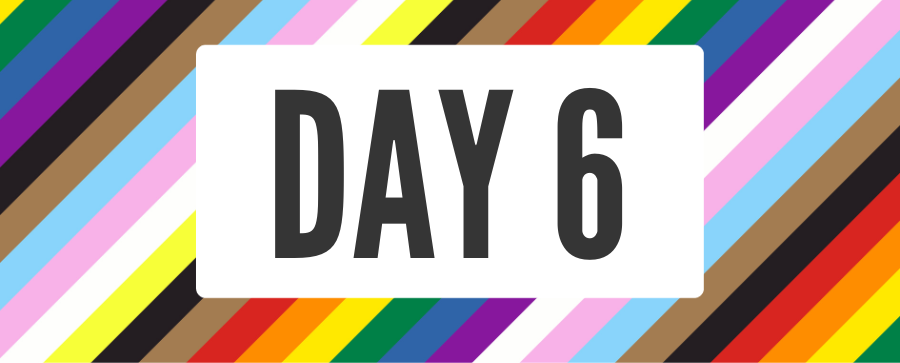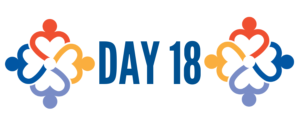
Sexual Orientations
In addition to our sex assigned at birth, gender identity, and gender expression, we all have a relationship to sexual orientation as well. Our sexual orientation describes who we are emotionally, physically, sexually, and/or romantically attracted to.
Unlike sex assigned at birth, gender identity, and gender expression which are based on who a person is internally, sexual orientation is about attractionality or lack of attractionality to others. This is an important distinction because a person’s sexual orientation is not determined by their gender identity or expression. For instance, a cisgender woman who some might describe as a tomboy may identify as straight, as a lesbian, as bisexual, as asexual and/or any other sexual orientation.
Asexuality (ace for short) signifies those who experience little or no sexual attraction. This is sometimes described as an umbrella term or a term that covers a wide range of similar, but distinct identities such as: aromantic (aro for short), demisexual (demi for short), grey asexual, abrosexual, and more. An individual may identify as asexual and queer or aromantic and straight/heterosexual, or many other combinations of sexual orientations. Allosexual describes a person who feels sexual and romantic attraction or is otherwise not asexual.
As we continue to learn more about human sexuality and attraction, we are gaining a greater understanding that sexuality exists on a spectrum, with many people experiencing some form of attraction to multiple genders. As our understanding expands, so is our vocabulary. Far from an exhaustive list, common sexual orientations include heterosexual/straight, homosexual/gay, lesbian, bisexual, pansexual, queer, asexual, aromantic, etc.
When someone chooses to share their sexual orientation(s) or gender identity(/ies) with themselves and/or others, this process is often described as coming out. For many people, when we think about coming out, we think of a singular pivotal moment in someone’s life when they share their identity(/ies) with those around them. But, it’s important to remember that coming out is a lifelong process for LGBTIQIA+ people. Imagine what it would be like if every time you started a new job, met a new doctor, or made a new friend, you had to choose whether or not to come out. This is something many LGBTQIA+ people have to decide every day. And, this situation of having to constantly come out or disclose one’s identity(/ies) is only necessary because of the assumptions people have about what is typical or common. Our communities often create an environment where people are assumed to be straight, cisgender, allosexual, or other dominant identities. We can lessen the burden of coming out by creating more room, having fewer assumptions, and cultivating environments in which any person can be a wide range of genders and sexual orientations.
TODAY’S CHALLENGE
Read:
- Christian Weissmann, How bisexuality plays into the LGBTQIA+ community, Los Angeles Times (March 13, 2021). [6 minute read]
- The Trevor Project, Understanding Asexuality (Aug. 20, 2021). [6 minute read]
- GLSEN, Key Concepts and Terms. [5 minute read]
- GLSEN, Supporting LGBTQ Youth of Color, multiple resources
- Brandon Ambrosino, The Invention of Heterosexuality, BBC, (March 15, 2017). [23 minute read]
Watch:
- David Johns, Why Some Black LGBTQIA+ Folks Are Done ‘Coming Out’, The Root, (January 2, 2020). [5 minute video]
- David Jay, Asexuality, ideacity, (August 13, 2015). [16 minute video]
- Sexual Orientation: A Spectrum of Attraction, AMAZE Org, (December 19, 2019). [3 minute video]
Engage:
- Review the Gender Unicorn developed by Trans Student Educational Resources (TSER). Mark your own sex assigned at birth, identity, expression, and orientation along the sliding scale. Reflect on this experience: have you had to think about these identities for yourself before? Were you surprised at any of your responses?
- What can we understand about this person based on an example of a completed Gender Unicorn?
- What is their sex assigned at birth?
- What is their gender identity?
- Are they cisgender or transgender?
- How might they identify their sexual orientation? (feel free to look up definitions above)
- Most of us probably don’t walk around with a completed Gender Unicorn to show others! Most of what we perceive of others is related to their gender expression or presentation. We generally can’t know someone’s gender identity, sex assignment, or sexual/romantic attractions. Knowing this, how might you shift your language and interactions to be more open? Example, instead of using ma’am or miss for someone you perceive to be a woman based on hairstyle, clothes, voice, or other cues, we might use friend, neighbor, or another term to acknowledge them. What else?
Discuss:
- Have you ever come out or disclosed your sexual orientation to others? What feelings do you associate with those experience(s) or absence of experience(s)? Why?










